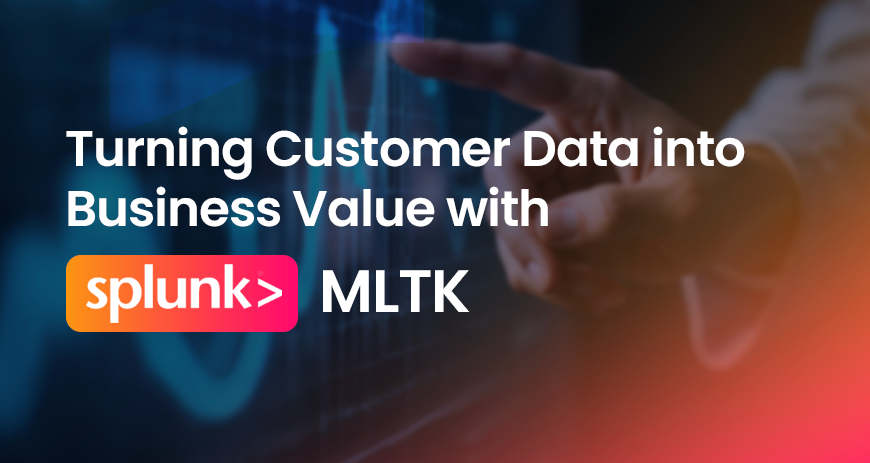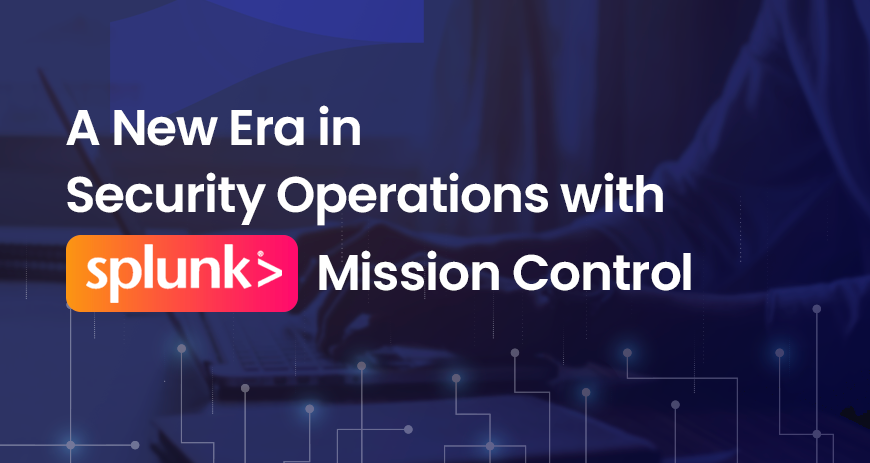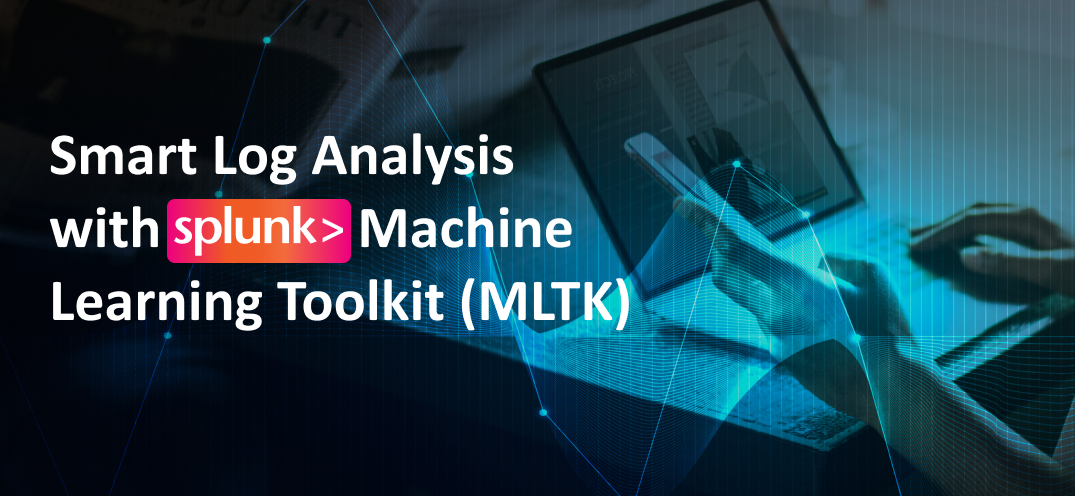New Features in Ansible Automation Platform 2.4
17 Jul 2023
Compiled by: Alperay Keleş – Sekom – SD-X & Cloud Technology Engineer
Giray Baha Kezer – Sekom – SD-X & Cloud Technology Engineer

Red Hat continues to move forward with confidence in its promise to “Create, Manage, and Scale.” With the release of AAP 2.4, a series of long-awaited innovations and capabilities, such as Event-Driven Ansible, have been introduced. In this blog post, we would like to discuss some of these updates. With the release of AAP 2.4, organizations can significantly expand their automation scope with Ansible. Here are the new features:
Event-Driven Ansible
At AnsibleFest 2022, the developer preview of Event-Driven Ansible was introduced. With the Ansible Automation Platform 2.4, Event-Driven Ansible comes with innovations such as a brand-new webUI and Event-Driven Ansible Controller. This opens the door to integrating Event-Driven Ansible and benefiting from many new capabilities.
Event-Driven Ansible allows you to define extensive actions and related resources through rules, while Ansible Rulebooks describe the resources themselves. The if-this-then-that conditional approach is also included to handle actions after events occur. Based on the RuleBook you design, Event-Driven Ansible recognizes a specific event, matches it with the appropriate action, and executes it automatically. For more detailed information, you can visit the Event-Driven Ansible page.
Collection Repository Management
The goal of AAP 2.4‘s Private Automation Hub is to provide better control and management of Ansible Content Collections and automation execution environments. Whether you are producing private or community-based content, the Private Automation Hub will help you manage which teams can access which resources.

With the new Collection Repository Management feature in AAP 2.4, customers and partners are provided with greater control over access to automation content. Previously, users could only access built-in content for Ansible Content Collections. However, while everyone in the organization had access to content like Red Hat certified content, there were no capabilities to segment this access or keep track of who could access what. With this newly introduced feature, customers and partners can now easily distribute automation content to the right teams in a more secure manner.
Verified Content Integration
Ansible Verified Content was introduced at AnsibleFest 2022. This content includes a collection set containing the most common automation use cases, housing pre-made YAML content. Users can use, customize, and learn from it, providing a reliable starting point for automation.
Additionally, with Ansible Automation Platform 2.4, more Ansible certified content is now fully integrated into the Private Automation Hub. All Ansible approved content can be found in the Ansible Automation Hub on console.redhat.com.
Ansible Builder 3.0
The AAP 2.4 release includes ansible-builder 3.0, which can be considered an upgrade that makes the execution environment (EE) creation process much more efficient. First, Containerfile hacking is no longer required for advanced scenarios, and the execution environment definition now offers more extensive customization options. Moreover, single-file definitions now allow sequential inclusion of collections and related package requirements. Additionally, with the discontinued Builder Image, version information and image compatibility have been ensured. Finally, teams can now create development-focused EEs.
ARM Platform Installation Support
Ansible has always been a popular choice for data centers and edge environments, and with the inclusion of the automation mesh in AAP, the technology’s usage has advanced even further. The automation mesh allows users to deploy execution nodes to smaller data centers, PoPs, point-of-sales, and more. Additionally, it should be noted that all components of AAP 2.4 are now seamlessly supported on ARM architectures, offering a broader support network and providing a stronger Ansible experience.
Linux Platform Installation Support, IBM Power, and IBM Z Technology Preview
In addition to the ARM support mentioned above, a technology preview for the installation of Ansible Automation Platform on IBM Power and IBM Z technologies has also been announced. This development will undoubtedly contribute to the depth and breadth of these architectures.
Technology Preview Support with Updated User Interface
The updated graphical user interface in the technology preview support allows customers to manage and scale all of these features within a single simple user flow. The long-term goal is to provide a unified user experience across various platform components, including the automation controller, custom automation hub, and Event-Driven Ansible controller. In this first release, the updated user interface is only enabled for the automation controller, but it will be expanded to other platform components over time.

The updated user interface includes several new features, including support for dark mode (as shown above). The WebUI is now more responsive, customizable, and user-friendly, but it is in a technical preview phase to gather feedback from customers and further enhance it. To learn how to enable the new user interface in Ansible Automation Platform 2.4, you can check out a four-minute video demonstration.
IBM Watson Code Assistant Technical Preview of Ansible Lightspeed Now Available
Before concluding this post, we have one more piece of news. First announced last month at Red Hat Summit and AnsibleFest 2023, the technical preview of Ansible Lightspeed with IBM Watson Code Assistant is now available. Ansible Lightspeed with IBM Watson Code Assistant is a new generative AI service focused on improving the Ansible Playbook creation experience. If you’re interested, you can visit redhat.com/ansible-lightspeed for more information.
Next Steps and Resources
Ansible Automation Platform 2.4 is built to be reliable, flexible, and easy to use. It introduces new features to provide customers with more control and security. Specifically, with Event-Driven Ansible, it has become easier to automate workflows, and the Collection Repository Management enables controlled scaling of automation applications while ensuring security. Additionally, Ansible Builder v3 offers support for flexible platforms. Red Hat, through these innovations, is enabling increased efficiency and maximizing the value derived from technology investments.
Thank you for reading. Continue following us for blog posts providing information about some of the new features summarized here and upcoming opportunities. You can visit our expertise page to explore more.
To access the original version of this article: What’s new in Ansible Automation Platform 2.4





